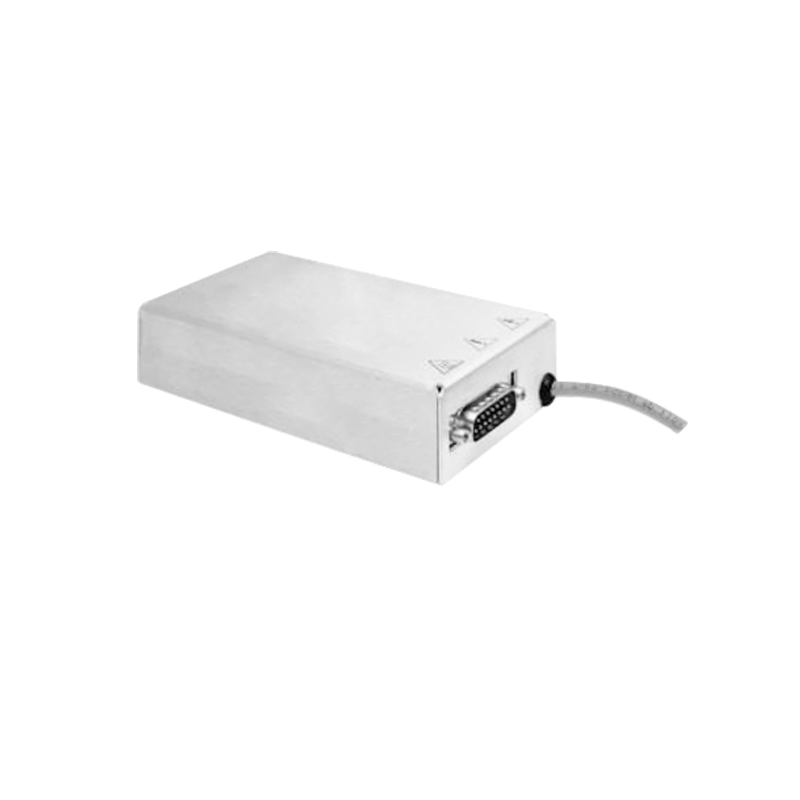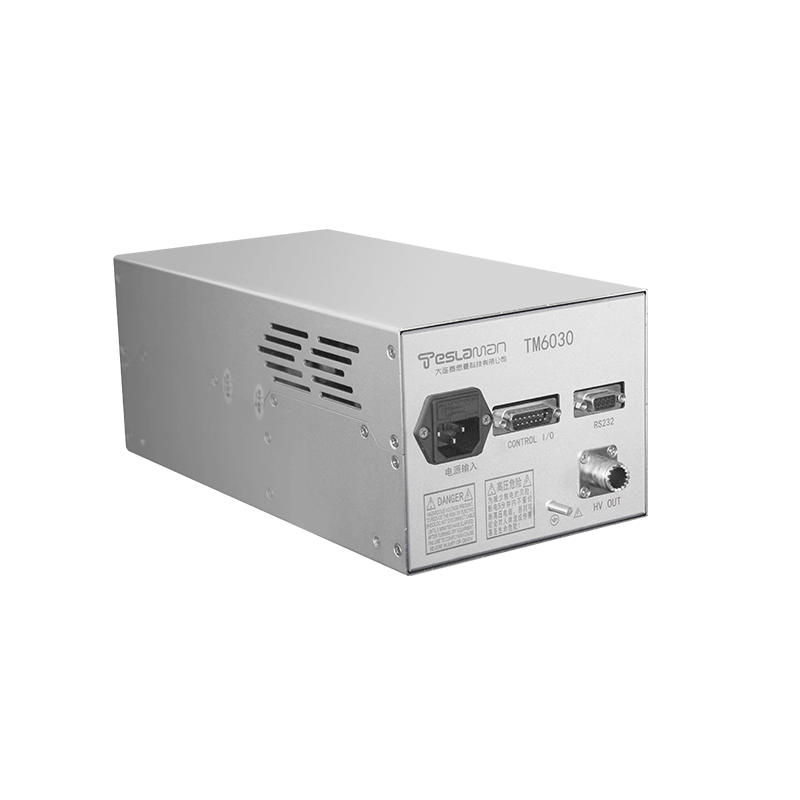Application and Performance Verification of X-ray Power Supplies in Material Analysis
With the continuous development of science and technology, the application of materials science in various fields is becoming increasingly widespread. To better research and develop new materials, accurate analysis of the structure and properties of materials is crucial. As an important analytical tool, X-ray power supplies have significant application value in the field of material analysis. This article will introduce the application of X-ray power supplies in material analysis and their performance verification from a professional perspective.
I. Application of X-ray Power Supplies in Material Analysis
1. X-ray Diffraction Analysis (XRD)
X-ray diffraction analysis is a method to study crystal structures by measuring the diffraction intensity of X-rays on crystalline samples. X-ray power supplies provide stable and high-intensity X-ray light sources for X-ray diffractometers, thereby achieving accurate analysis of the samples under investigation. X-ray diffraction analysis has a wide range of applications in materials science, geology, biology, and other fields.
2. X-ray Fluorescence Spectrometry (XRF)
X-ray fluorescence spectrometry is a method for quantitative elemental analysis based on the fluorescence spectrum produced by X-rays irradiating a sample. X-ray power supplies provide high-energy X-ray photons for X-ray fluorescence spectrometers, exciting atoms in the sample to produce fluorescence, thus enabling rapid and accurate analysis of elements in the sample. X-ray fluorescence spectrometry has important applications in environmental monitoring, metal material testing, archaeology, and other fields.
3. X-ray Photoelectron Spectroscopy (XPS)
X-ray photoelectron spectroscopy is a method to study the chemical state of a material's surface by measuring the photoelectron spectrum produced by X-rays irradiating the sample surface. X-ray power supplies provide high-energy X-ray photons for XPS instruments, causing photoionization of atoms on the sample surface, thereby obtaining detailed information about the surface elements of the material. X-ray photoelectron spectroscopy has important applications in catalyst research, microelectronic device characterization, and biological material surface analysis.
II. Performance Verification of X-ray Power Supplies
To ensure the accuracy and reliability of X-ray power supplies in material analysis, it is necessary to verify their performance. The main verification indicators include:
1. Stability: X-ray power supplies should have high output stability to ensure the accuracy of analysis results. Long-term operation and short-term fluctuation tests are usually used for this purpose.
2. Output Power: X-ray power supplies should have sufficient output power to meet different analytical needs. The output power can be tested by measuring the operating voltage and current of the X-ray tube.
3. Wavelength Resolution: X-ray power supplies should have high wavelength resolution to ensure the clarity of diffraction peaks. Wavelength resolution can be tested by measuring the width of diffraction peaks from standard crystals.
4. Energy Resolution: For X-ray fluorescence spectrometry, X-ray power supplies should have high energy resolution to ensure the accuracy of elemental analysis. Energy resolution can be tested by measuring the width of fluorescence peaks from standard samples.
In conclusion, X-ray power supplies have significant application value in the field of material analysis. To ensure the accuracy and reliability of their analysis results, it is necessary to strictly verify the performance of X-ray power supplies.




















